Keep the following in mind

Read the label
Nutrition is an important factor in your puppy’s future health and wellbeing. It is essential to assess that the food is appropriately formulated for your pet's life stage.
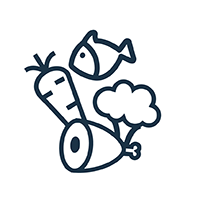
Keep it simple
Treats made using whole-food, low calorie ingredients are easy, healthy puppy treats. Check labels to avoid high calorie treats that may not be appropriate for training.
Think soft
The teeth of young puppies are not fully developed, so soft bite-sized treats for smaller mouths are recommended.
Moderation
Snacks should account for a maximum of 5% of your puppy’s daily calories. If your puppy eats 400 kcals per day, then only 20 kcals should come from treats.


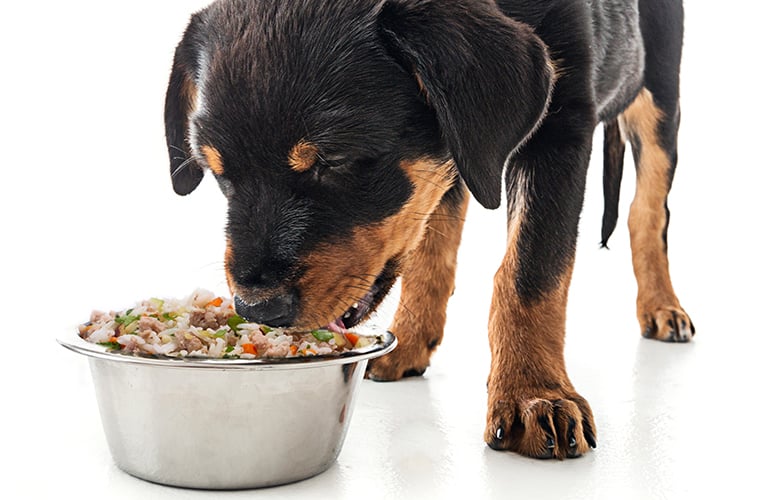
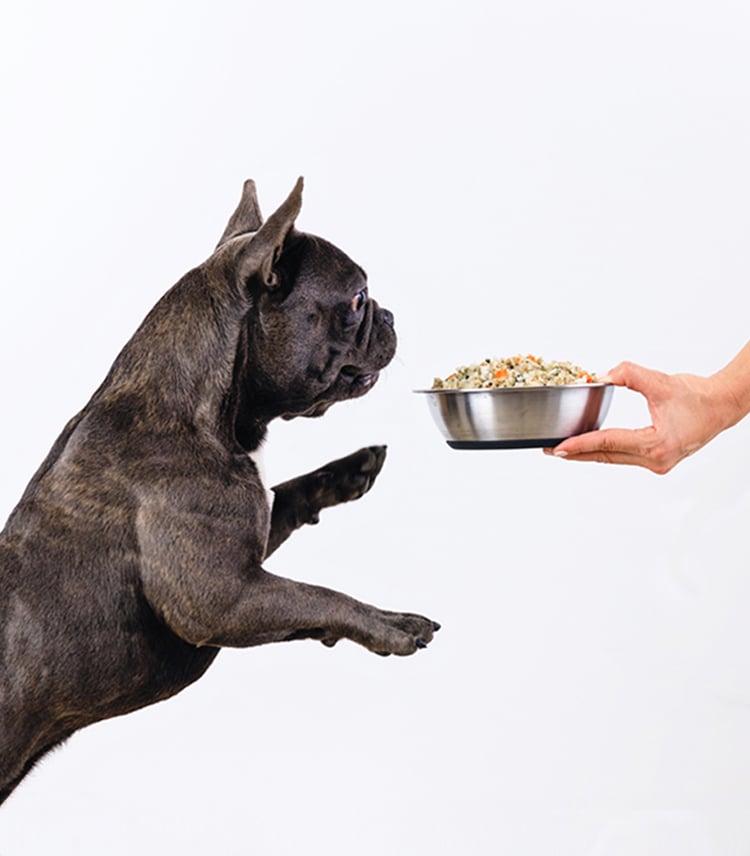


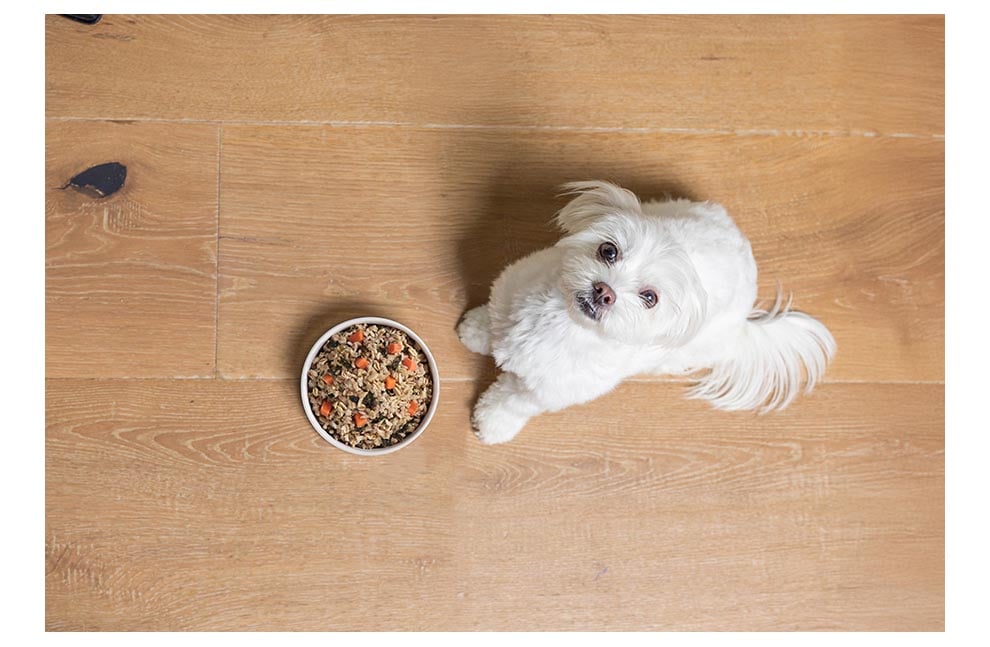

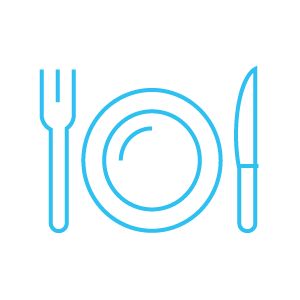

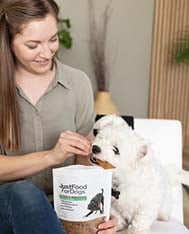
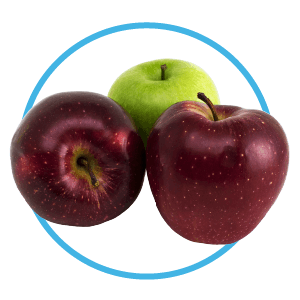
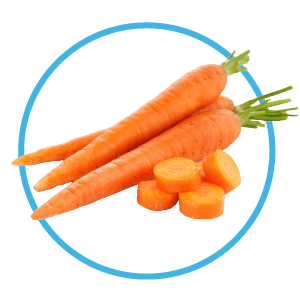
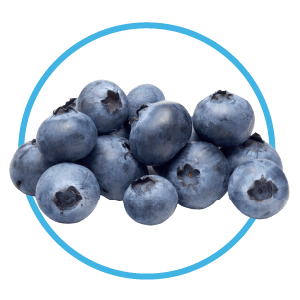
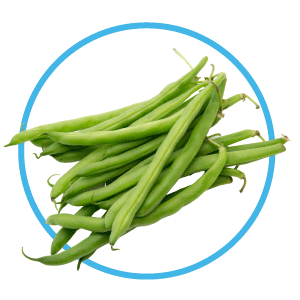

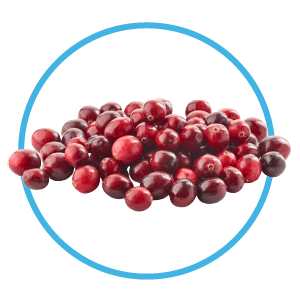
.png)
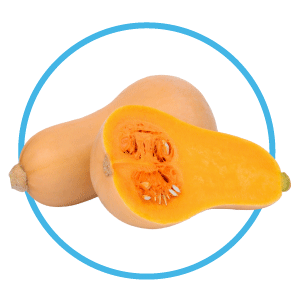
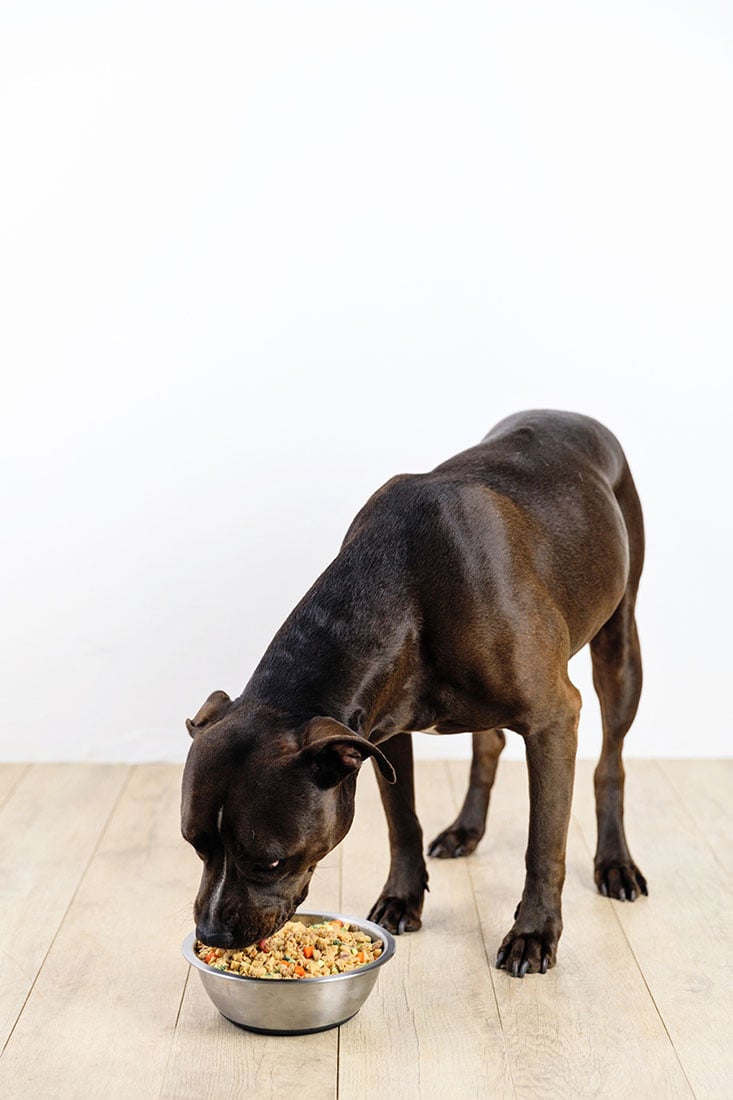
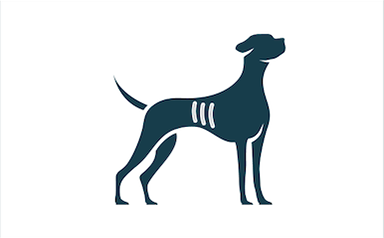
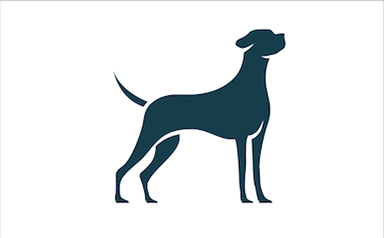
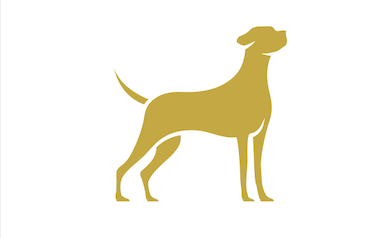
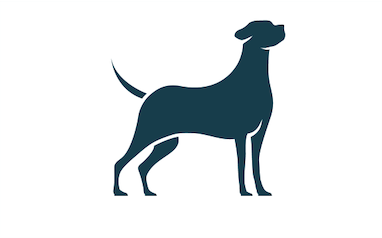
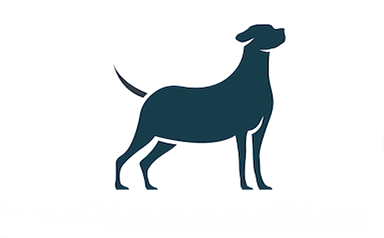
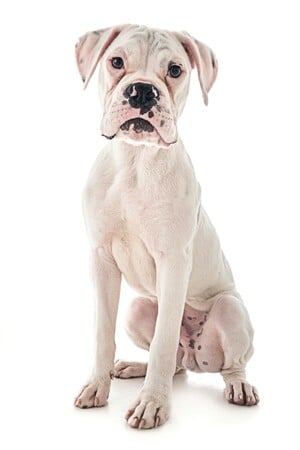
.jpg)
.jpg)
.jpg)
.jpg)